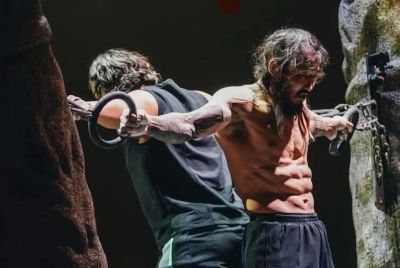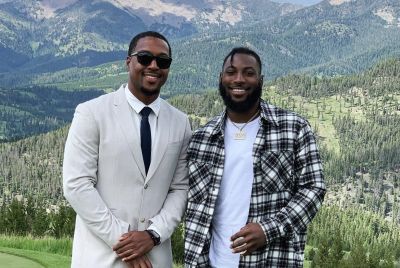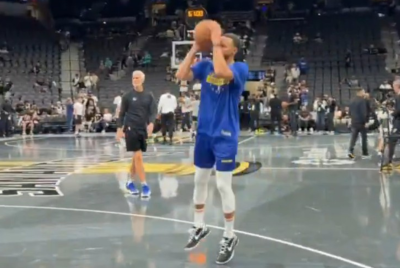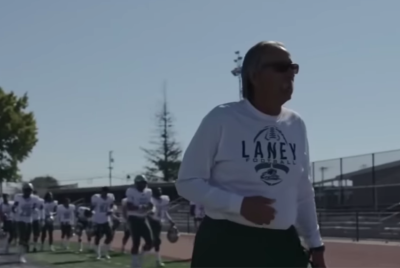How the NBA Draft Works: Lottery Odds, Combine Tests and Rookie Contracts Explained
A clear breakdown of the NBA Draft process, from lottery odds to combine performances and rookie salary structures
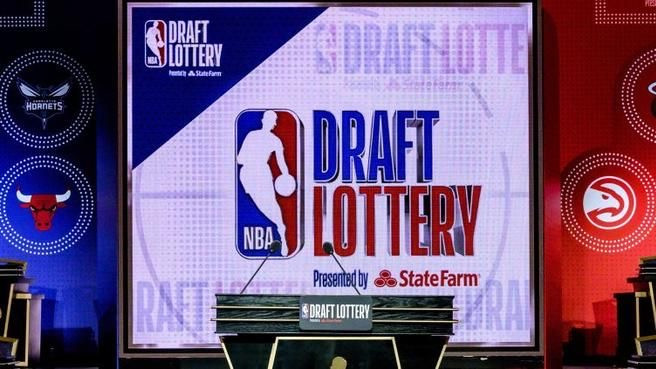
The NBA Draft is a pivotal event that shapes the future of basketball. Each year, teams select emerging talent through a process that includes the draft lottery (for non-playoff teams), pre-draft combines, and structured rookie contracts. Gaining an understanding of how these elements function allows fans to appreciate the game beyond what happens on the court.
Why the NBA Draft Lottery Could Change Your Favourite Team's Future
The NBA Draft Lottery determines the order for the first 14 picks, favouring teams with the poorest records to keep the league competitive. Since 2019, the three worst teams share an equal 14% chance to win the first pick. This system aims to prevent 'tanking', where teams lose intentionally to improve draft position.
For example, the Utah Jazz, one of the lowest-ranking teams in the 2024–25 season, had a 14% chance at the top pick. In contrast, the Dallas Mavericks had only a 1.8% chance but won the lottery in 2025, raising discussions about the lottery's fairness (ESPN).
The lottery uses 1,001 combinations of ping-pong balls, weighted in favour of worse teams. The random draw assigns picks and aims to balance fairness and competitiveness.
How Combine Tests Reveal Which Prospects Are Ready for the NBA
Before the draft, prospects attend the NBA Draft Combine to showcase their athleticism and skills through various tests.
Key drills include:
- Lane Agility Drill: Measures quickness and footwork.
- Three-Quarter Court Sprint: Tests speed over 22 metres.
- Max Vertical Leap: Assesses explosive power; top prospects often leap over 40 inches (101.6 cm).
In 2024, the average max vertical jump was around 32–33 in (83–84 cm). Standout prospects, like Devin Carter and Reed Sheppard, posted verticals of 40–42 in, greatly enhancing their draft prospects. While Victor Wembanyama is an elite athlete, his recorded vertical is closer to 32 in, not above 40 in.
Players also participate in scrimmages, allowing scouts to assess decision-making and competitiveness.
Rookie Contracts Decoded: What Draft Picks Really Earn in Their First Years
Rookie contracts follow a scale set by the NBA's collective bargaining agreement. First-round picks sign four-year contracts, with team options for the third and fourth years.
Salaries depend on draft position and salary caps. For instance, the 2024 first overall pick signed a deal worth approximately £47 million ($57 million) over four years, beginning at around £10.5 million ($12.7 million) in the first season (AS.com).
Second-round picks negotiate individually, usually receiving shorter contracts with less guaranteed money, and their salaries vary widely (Doan Sports Management).
How the 'Derrick Rose Rule' Creates Mega Contracts for NBA Stars
After three seasons, first-round players can sign extensions. The 'Derrick Rose Rule' allows award-winning players to sign contracts up to 30% of the salary cap, compared to 25% for others.
With the 2025 NBA salary cap at about £134 million ($162 million), this means the maximum extension can exceed £40 million ($48 million) per year.
Detroit Pistons' Cade Cunningham signed a five-year, $224 million extension in 2024, which increased to approximately $269 million (about £215 million) after qualifying for the Derrick Rose Rule via his 2025 All-NBA selection (The Sun).
What Fans Need to Know About the NBA Draft Process and Its Impact
The draft lottery, combine tests, and rookie contracts together influence the NBA's future. The lottery promotes fairness by giving struggling teams better chances, the combine highlights players' readiness, and rookie contracts ensure fair compensation.
Understanding these aspects enriches fans' appreciation and clarifies the path from promising prospect to NBA professional.
© Copyright IBTimes 2025. All rights reserved.





